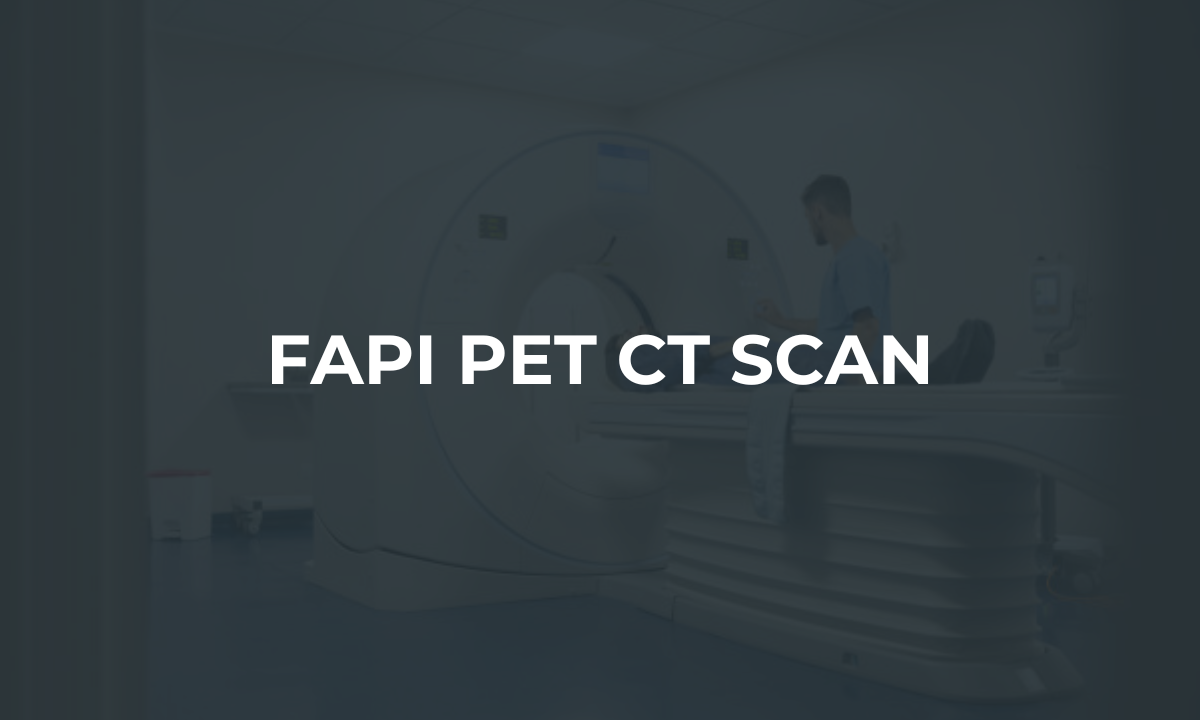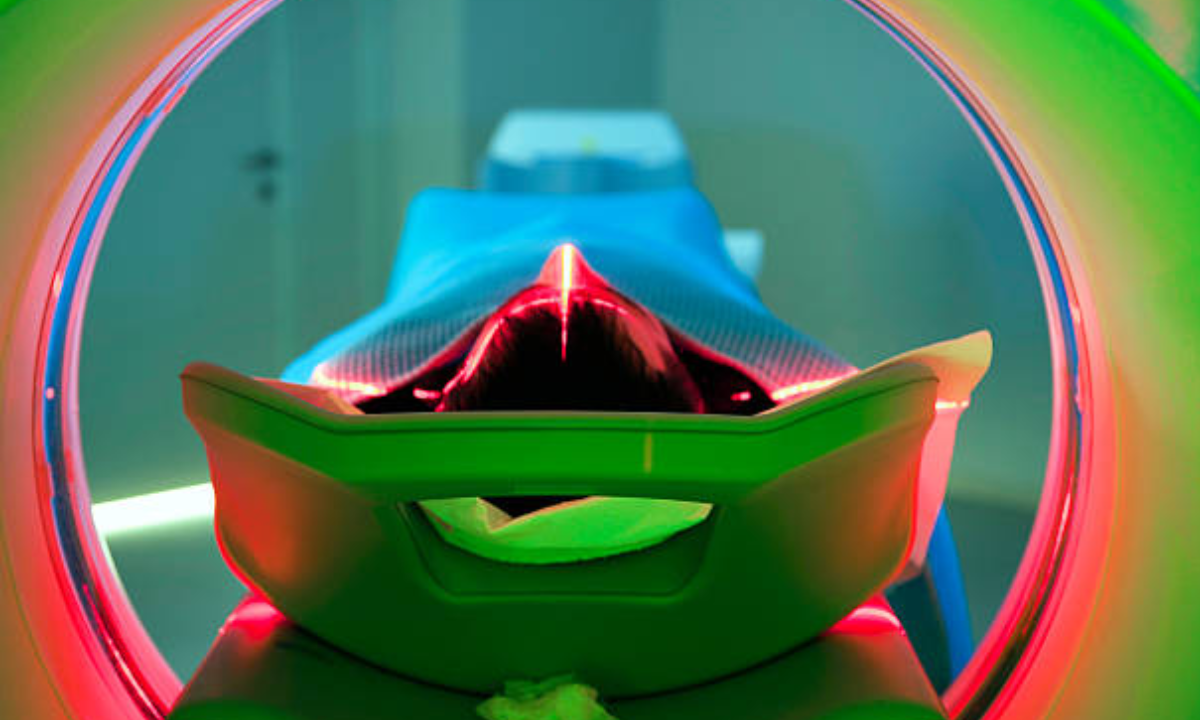Ultrasound and CT scans are both significant clinical imaging strategies used to look at within the body. In any case, they work diversely and are best utilized for explicit purposes. This article will help with getting a handle on the crucial differences among ultrasound vs CT scans so you have a predominant perception of when every sort of clear is by and large reasonable.
What is Ultrasound?
Ultrasound, otherwise called sonography, utilizes high-recurrence sound waves to make pictures of designs inside the body. During an ultrasound exam, a transducer is placed on the skin and emits sound waves into the body. When the sound waves bounce off organs, tissues, and other structures, they create echoes.
The transducer picks up these echoes as they bounce back, and a computer translates them into real-time moving pictures on a screen. Ultrasound has multiple benefits. It is noninvasive, uses no radiation, and allows the examiner to see internal organs and structures in real time as they work or move.
It is also relatively inexpensive compared to other imaging options. A few normal purposes of ultrasound incorporate inspecting the mid-region, bosoms, embryo during pregnancy, muscles and ligaments, heart, and veins, and that’s just the beginning.
What is a CT scan?
A CT or CAT (computed tomography) scan uses X-rays and computer technology to create cross-sectional images or slices of the body. During a CT scan, an X-ray tube rotates around the body and emits X-ray beams toward the body area being examined. Sensors on the opposite side detect the beams that pass through, reach them and provide data to a computer. The computer then uses this data to generate two-dimensional or 3D pictures of the inside of the body.
CT scans enjoy a few critical upper hands over ultrasound. They can create very detailed images of soft tissues, bones, blood vessels and organs throughout the body. CT scans are also able to detect some diseases at an earlier stage compared to ultrasound in some cases. However, CT scans do use radiation which ultrasound does not. CT scans are likewise more costly than ultrasounds.
Key Differences
While both ultrasound and CT scan are useful medical imaging tools, it’s important to understand how they differ from each other – such as with their use of radiation in the case of ultrasound vs CT scan. Below are some of the main differences of ultrasound vs CT scan:
- Radiation: Ultrasound does not use ionizing radiation like X-rays. CT scans emit doses of radiation which is a small risk, especially if multiple scans are done.
- Detail: CT scans provide more detailed images compared to ultrasound and can detect very small abnormalities. But ultrasound allows real-time imaging of moving structures like the heart.
- Portability: Ultrasound machines are portable and can be taken to the patient’s location. CT scanners are large stationary machines requiring the patient to travel to the scanning facility.
- Cost: Ultrasound exams are less expensive than CT scans on average due to no radiation and portability. But CT scans may be covered more readily by insurance.
- Uses: Ultrasound is best for superficial structures, pregnancy, abdomen, breast exams, heart, muscles and joints. CT is better for bones, blood vessels, lung, brain and detecting small lesions throughout the body.
The main advantages and disadvantages of ultrasound vs CT scan should be considered when deciding which test is suitable for a particular medical situation or concern.
When to Choose Each Type
Choosing between ultrasound vs CT scan often depends on factors like the location and size of what is being examined along with other individual health issues. In summary, ultrasound is generally the first choice when examining superficial structures that can be felt through the skin or for real-time imaging. It represents no radiation chances and is more affordable.
CT scans give more point by point pictures all through the body and are better for distinguishing little changes somewhere inside. It is also more suitable than ultrasound for situations where a global overview of structures is needed rather than just superficial or real-time imaging.
CT scans involve radiation risk so they are reserved for when their detailed images are truly needed diagnostically. The risks and benefits always need to be considered. An imaging expert can assist with deciding the most suitable test for a patient’s particular circumstance and clinical worries.
Can ultrasound and CT scan detect cancer?
Yes, both ultrasound and CT scans can help detect certain types of cancer:
Ultrasound:
- Ultrasound is useful for detecting cancers that affect organs and structures that can be imaged with ultrasound, such as the breasts, ovaries, thyroid, kidneys, liver and pancreas.
- It is used to help diagnose breast cancer by identifying tumors and abnormalities in breast tissue. It can likewise distinguish spreading of bosom malignant growth to the liver.
- Transvaginal ultrasound helps identify ovarian tumors and cysts, some of which could be cancerous.
- Ultrasound can detect enlarged lymph nodes in the abdomen, which could be a sign of lymphoma or other cancers.
CT scan:
- CT scans are better than ultrasounds for detecting cancers in organs throughout the body, especially in the chest, abdomen and pelvis.
- It is useful for finding lung cancers, which may show up as tumors or suspicious nodules on CT images.
- CT scans of the abdomen can reveal liver, pancreatic and kidney cancers that may not be felt on a physical exam.
- They are also used to stage cancers by identifying if they have spread to other organs like the lungs or bones.
- CT scans of the chest, abdomen and pelvis are often used along with mammograms and MRIs to detect ovarian and uterine cancers.
So in synopsis, the methodology that is better ready to identify a specific malignant growth relies upon the particular kind and area of the disease. An ultrasound may be sufficient for some cancers while a CT scan provides a more comprehensive view of cancers throughout the body. Both are significant analytic devices.
Both ultrasound and CT scans can be valuable gadgets for perceiving unequivocal kinds of diseases. Their precision truly relies upon the particular disease and how far it has created. As a rule, they work best at finding bigger growths situated in regions that can be plainly imaged.
Ultrasound tends to perform quite well for detecting cancers of organs near the skin surface like breasts, thyroid and kidneys. It’s additionally really great for checking things like ovarian and liver cancers. Its accuracy is usually in the 80-90% range for these types of cancers. Of course, small, early-stage cancers can still be missed on ultrasound alone.
CT scans have an advantage because they can examine the entire body. This makes them very accurate, often over 90%, for detecting cancers that have spread to other organs or the lungs. CT is also better than ultrasound at revealing small lung or pancreatic lesions.
The downside is, both tests may struggle with tiny, new cancers that haven’t developed much yet. And their accuracy does go down as tumors get smaller. So if results are uncertain, doctors may order additional tests to take a closer look.
By and large, ultrasound and CT filters are significant apparatuses that get numerous malignant growths when utilized appropriately in each case. But sometimes extra testing is needed too to catch cancers at their earliest, most treatable stages. Cooperating with actual tests, they assist specialists with understanding an individual’s malignant growth chance or make a conclusion.
This article intended to obviously frame the likenesses and contrasts between ultrasound vs CT scan so pursuers can more readily figure out the purposes of each imaging procedure.
KiranPet-CT Scan & Diagnostic Centre is a leading veterinary imaging facility that offers both ultrasound and CT scan services. As one of the first clinics in the city to obtain a small CT scanner, they are able to provide advanced diagnostic imaging to help doctors accurately diagnose various conditions.






